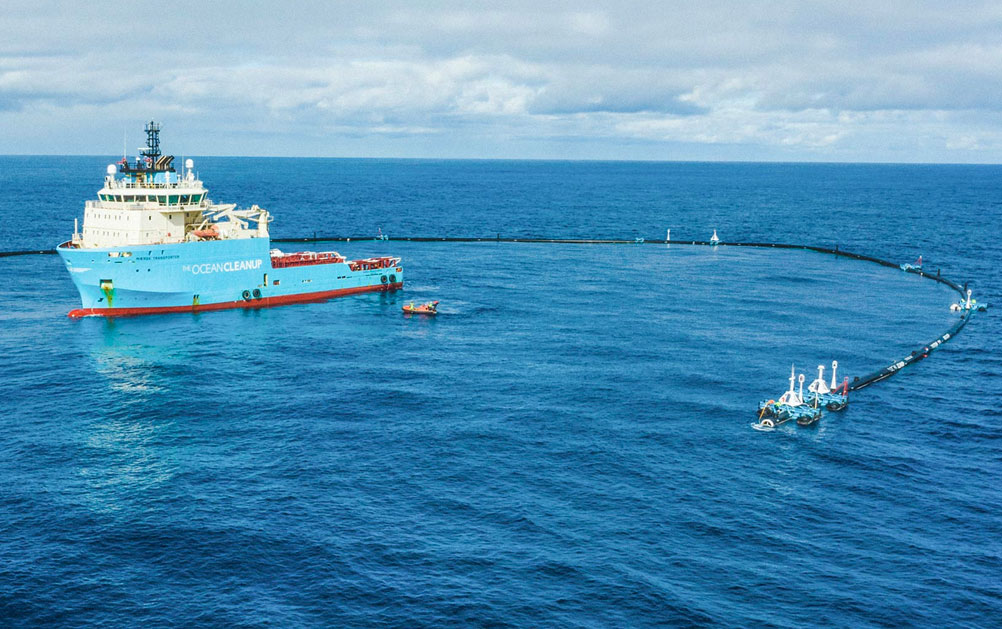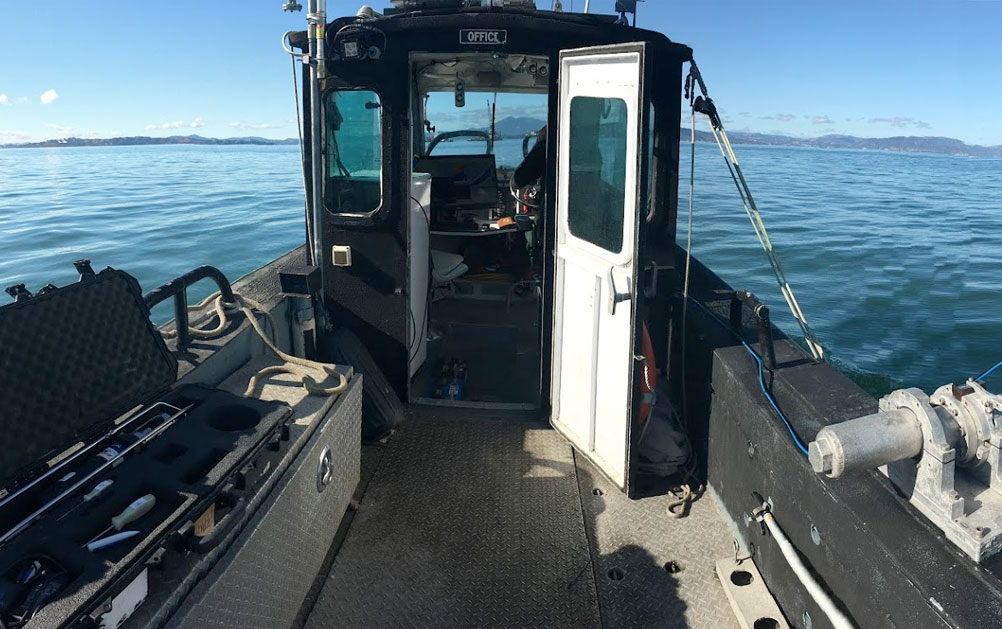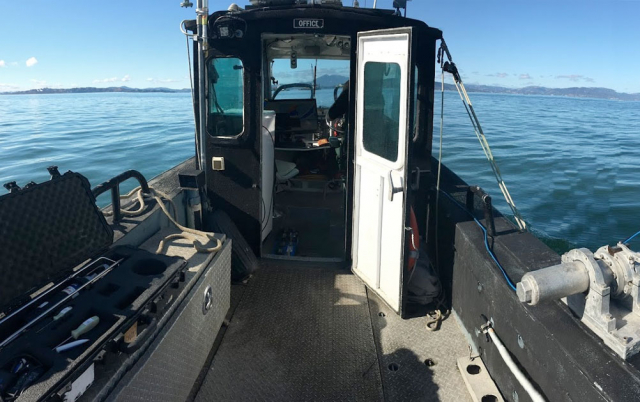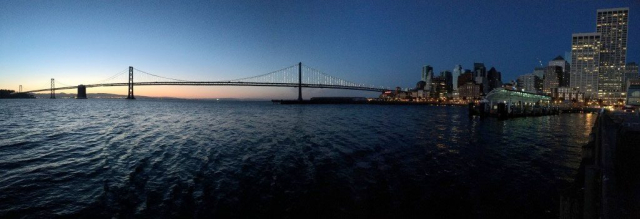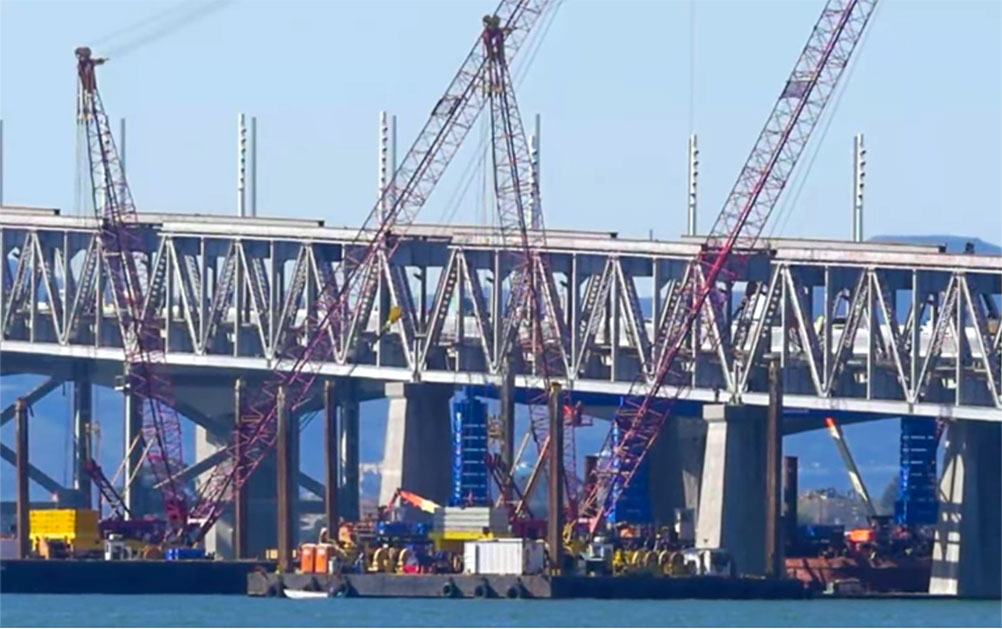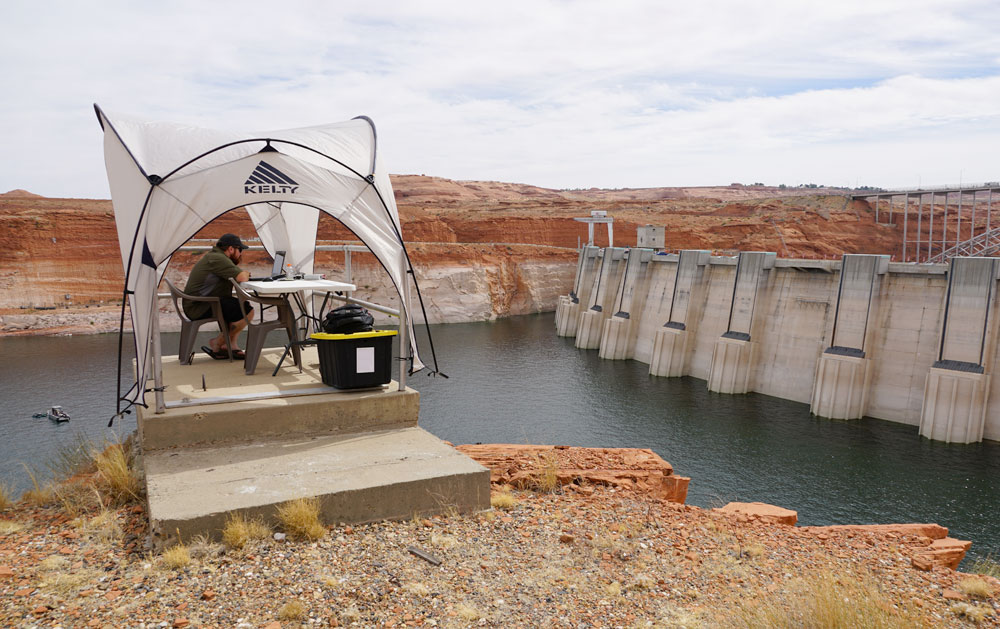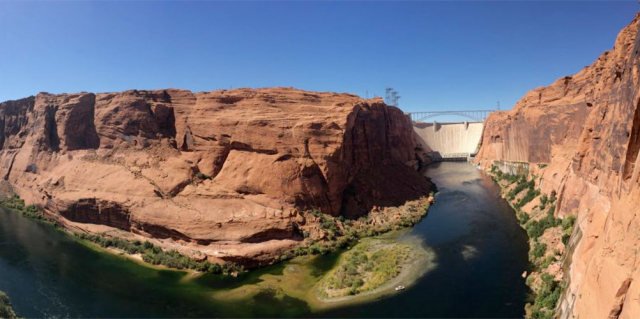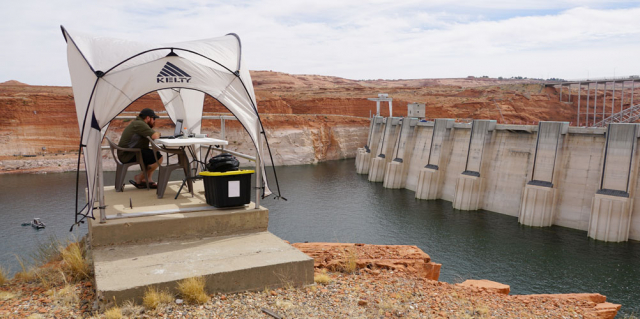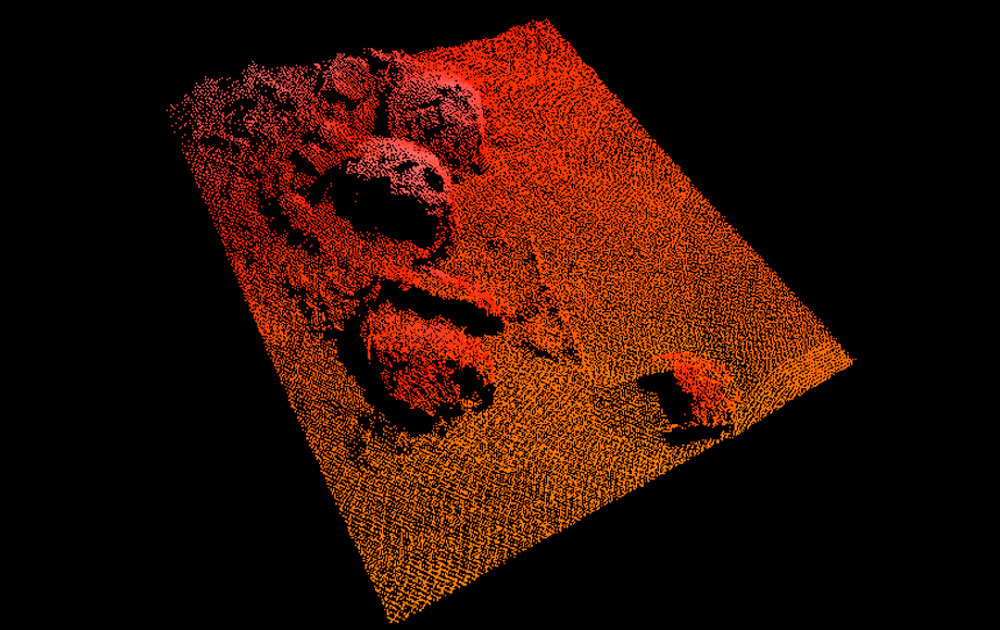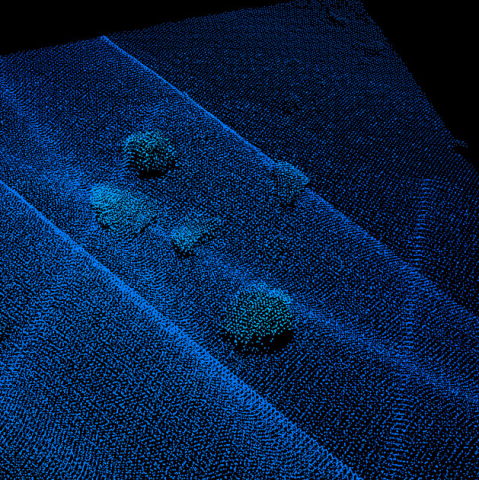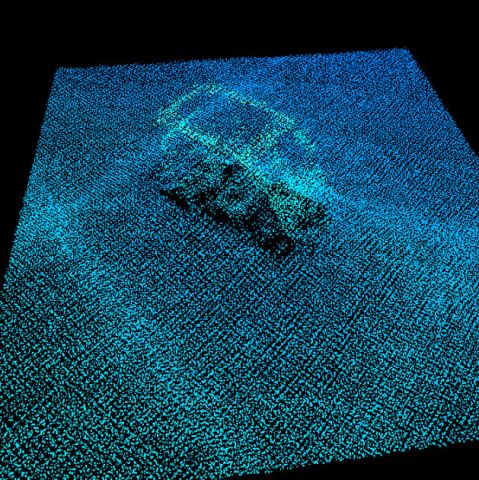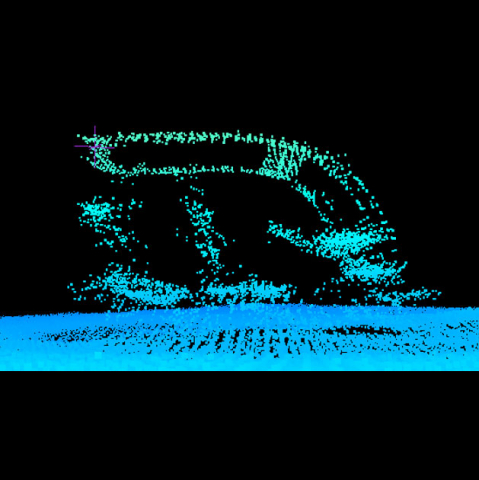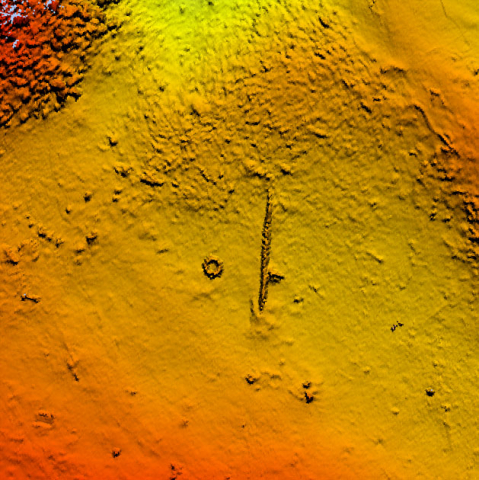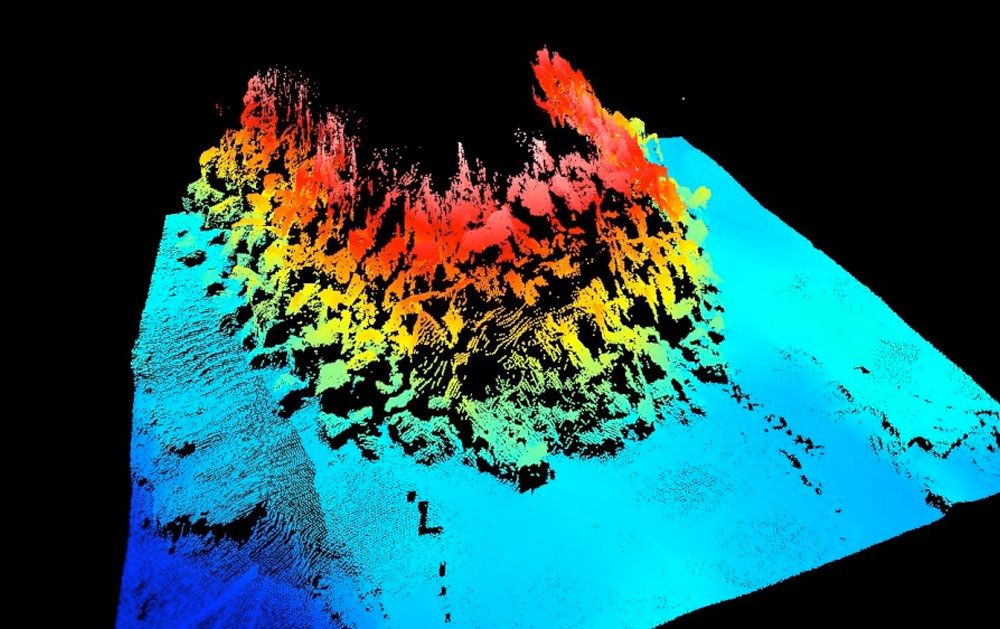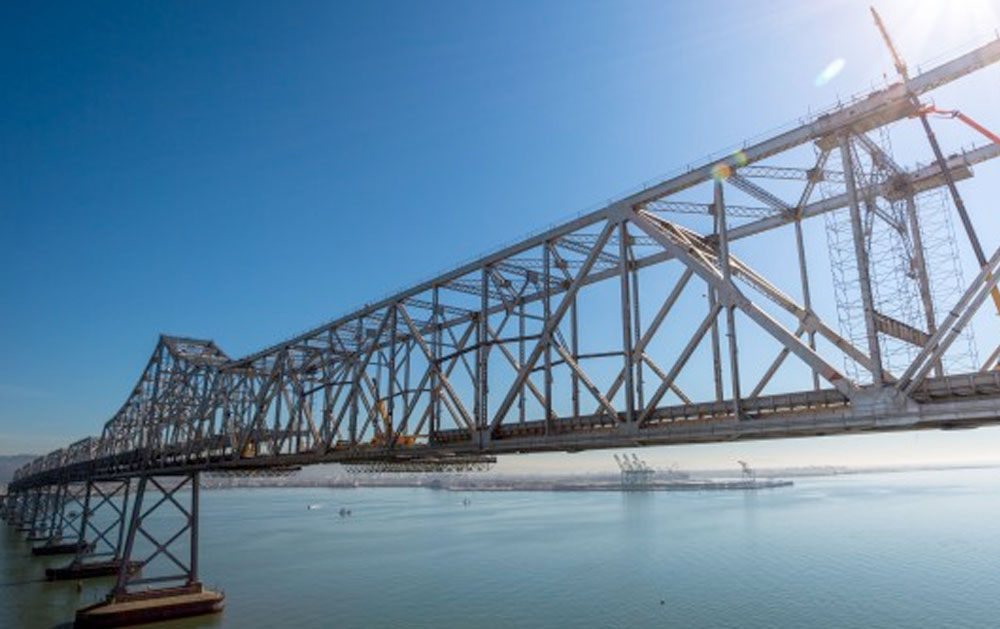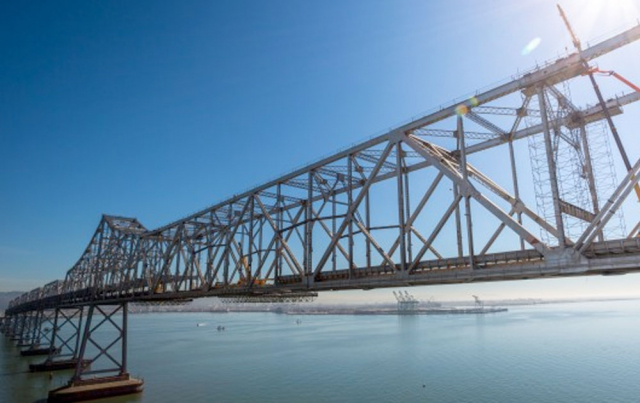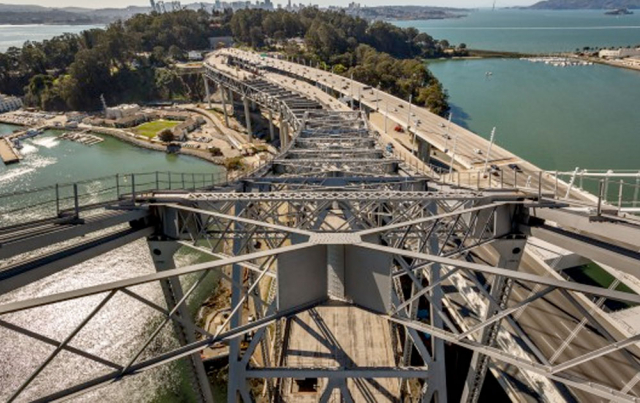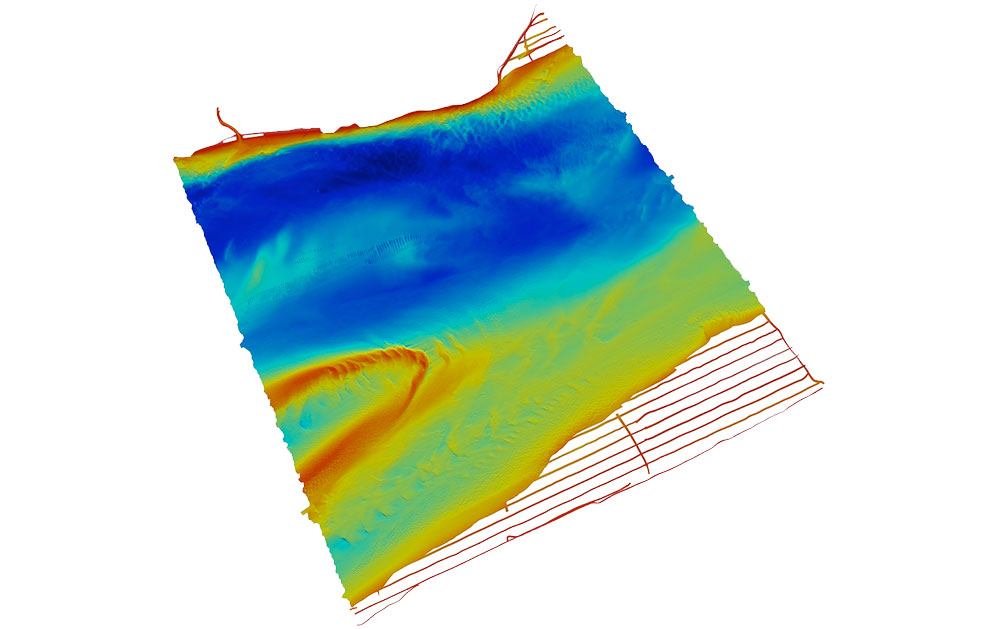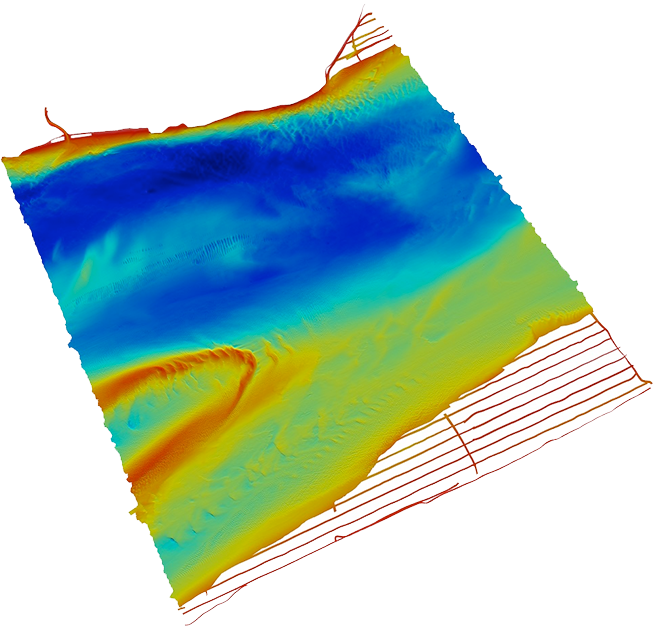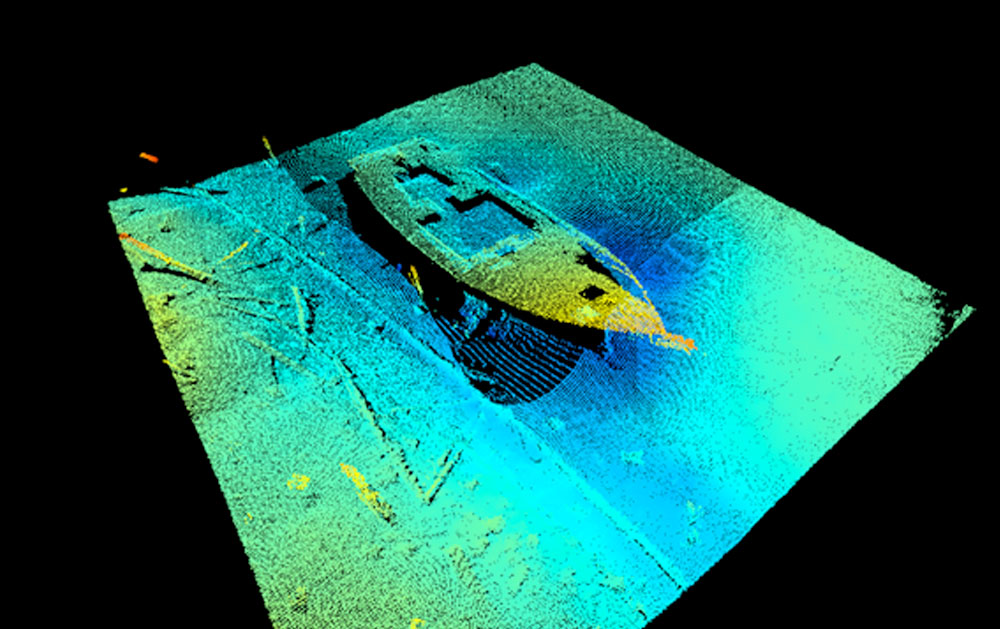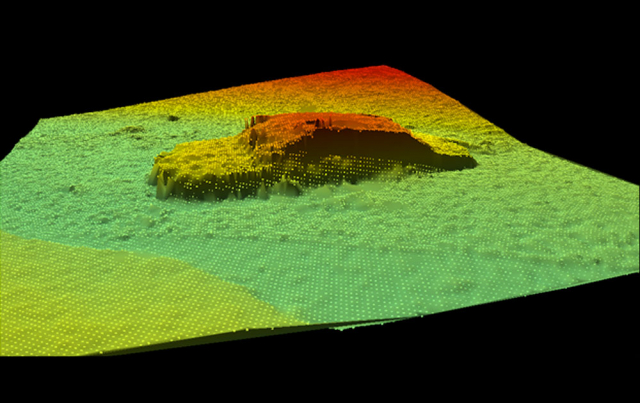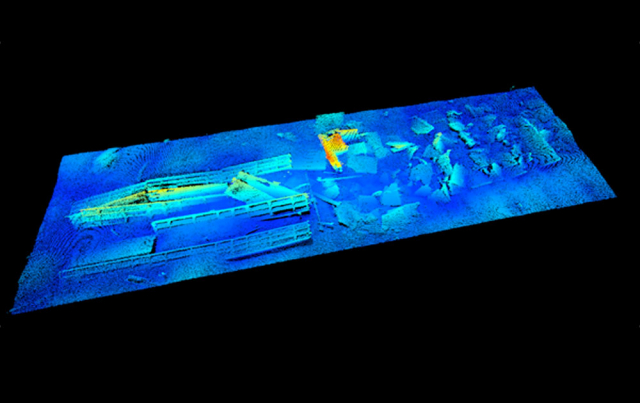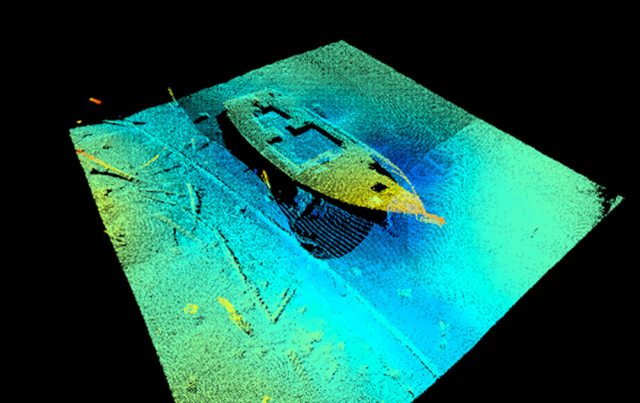The Ocean Cleanup has issued an extensive update on their website announcing the assembly of their first cleanup system and upcoming tow test that will take place 40 nautical miles outside of San Francisco. Just five weeks ago, The Ocean Cleanup was signing the lease on their facility and is now getting ready for their first Pacific testing phase. This is the worlds first ocean clean up system and eTrac could not be more excited to have contributed to this effort. eTrac conducted the multibeam survey at their facility, located at the former Naval Air Station in Alameda. We provided a high resolution 3D model of the lagoon where their assembly system will be launched. Thankfully, no obstructions were detected that would prevent the tow out of the system being tested. Please take the time to visit their website and keep up with their timeline and efforts; their cleanup system will be deployed in the Pacific but will have global impacts on our ocean ecosystems health and future.
